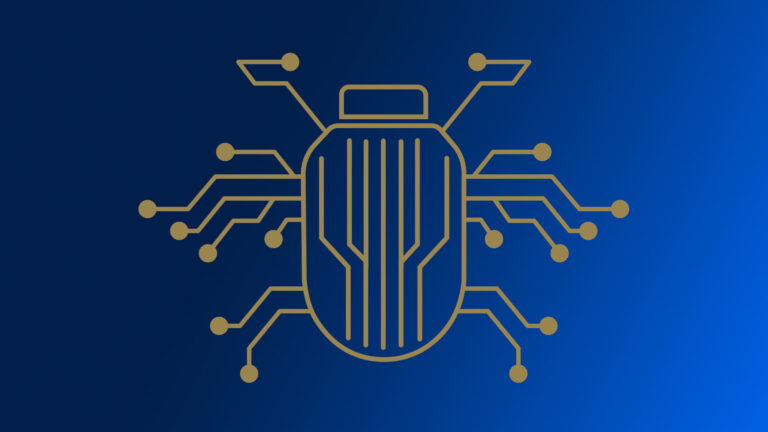Kim Crawley
NVIDIA. Samsung. Microsoft. Okta. Globant. At least one of these Lapsus$ targets could be in your company’s tech supply chain. Regardless, these high-profile attacks highlight how interconnected and dependent IT systems become as companies grow and innovate, and the need to secure your supply chain.
Lapsus$, a global cybercrime group, has a tendency to go deep into a major tech vendor’s networks, find sensitive data and leak it. The breached data so far has included authentication credentials and encryption keys.
In the case of Lapsus$, they used a smaller vendor as a means of compromising a bigger target, like Okta, which then created a domino effect of having access to hundreds or thousands more credentials of those companies that contract with the bigger company. We saw a similar strategy with SolarWinds, wherein SolarWinds was breached and a vulnerability was pushed to its customers within a software update, leading to additional breaches. The risk of a breach is on both entry and exit: which vendors might lead to a breach within your network and which of your customers might then be breached?
The City of London police arrested several individuals who are alleged to be members of Lapsus$. But Lapsus$ struck Globant after the arrests, which indicates there may be many members who are continuing to execute cyber attacks.
Lapsus$ isn’t the first cybercrime group to wreak havoc upon vendor supply chains, and they definitely won’t be the last. Unfortunately, security researchers know that the proliferation of critical vulnerabilities is growing rapidly, and so too are the number of cyber attackers exploiting them. According to the CVE database, 18,325 vulnerabilities were added in 2020, and 20,149 in 2021. More than 6,000 vulnerabilities have been added in the first quarter of 2022. If this year continues at that rate, we’ll end 2022 with over 24,000 new vulnerabilities.
Traditional, point-in-time pentesting can’t keep up with the pace. When you add the complexity of cloud networks and diverse supply chains to the mix, it’s inevitable to lose visibility into your network’s security.
Cloud networks have been a boon for business, allowing companies to scale IT systems quickly and efficiently. But this also means that companies can add publicly accessible cloud services at will, with little oversight from the security team. Then factor in all of your vendors that provide services and infrastructure beyond security. Their vulnerabilities are also your company’s vulnerabilities. When cybercrime groups like Lapsus$ attack them, they’re also attacking your business up the chain.
You need a solution that will empower your security team to quickly find vulnerabilities wherever they emerge in your supply chain and remediate them with ease.
Synack combines an automated scanner, SmartScan, with the human intelligence of more than 1,500 carefully vetted security researchers from the Synack Red Team to find critical vulnerabilities across your network and tech supply chain. That combination of automation and human intelligence is at the core of the Synack Platform’s ability to bring you a better way to pentest. Within the Synack Platform, you can also request on-demand checks for specific vulns, like the OWASP top 10, or new critical CVEs when they appear, such as log4j.
It’s the most efficient and thorough way to conduct on-demand pentests in today’s complex computer. A few point-in-time pentests per year conducted by just a few people, simply to meet compliance, doesn’t cut it anymore. With densely networked supply chains and rapidly multiplying cloud services, new vulnerabilities are implemented faster than ever before. Whether Lapsus$ strikes one of your vendors, or one of many cybercrime groups that will inevitably emerge, your organization will be ready to defend against the evolving cyber threat landscape.

